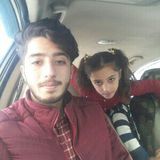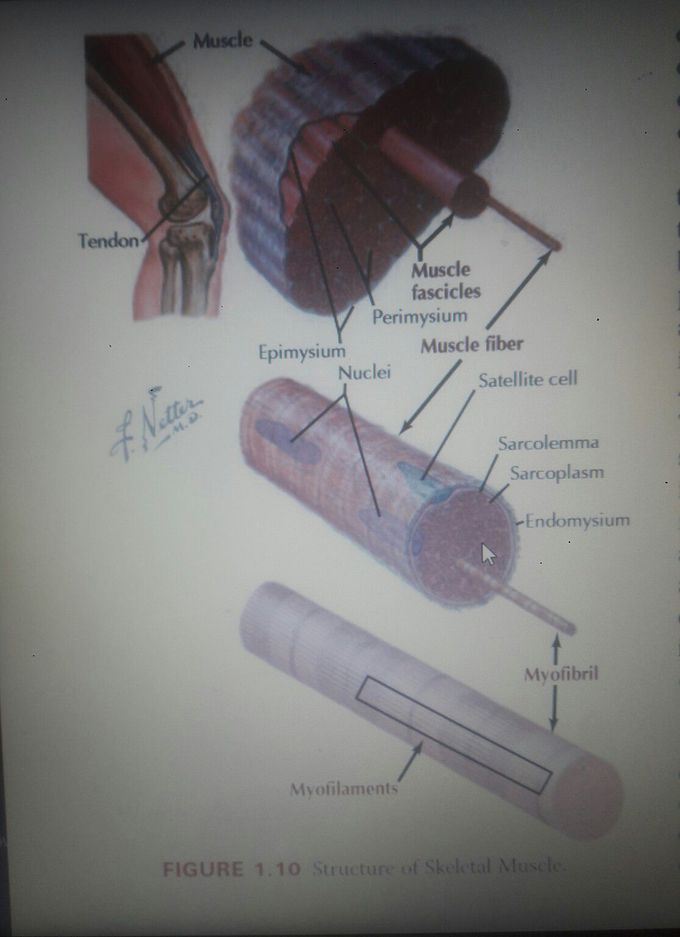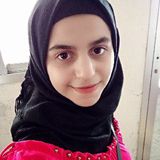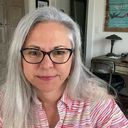


#introduction_To_The_Human_Body #MUSCULAR_SYSTEM #part_one *Muscle cells (fibers) produce contractions(shortenings in length) that result in movement, maintenance of posture, changes in shape, or the propulsion of fluids through hollow tissues or organs. here are three diferent types of muscle: • Skeletal: striated muscle ibers that are attached to bone and are responsible for movements of the skeleton (sometimes simplistically referred to as voluntary muscle). • Cardiac: striated muscle ibers that make up the walls of the heart and proximal portions of the great veins where they enter the heart. • Smooth: nonstriated muscle ibers that line various organ systems (gastrointestinal, urogenital, respiratory), attach to hair follicles, and line the walls of most blood vessels (sometimes simplistically referred to as involuntary muscle). Skeletal muscle is divided into fascicles (bundles), which are composed of muscle ibers (muscle cells). The muscle fiber cells contain longitudinally oriented myoibrils that run the full length of the cell. Each myoibril is composed of many myoilaments, which are composed of individual myosin (thick ilaments) and actin (thin ilaments) that slide over one another during muscle contraction. contraction. *Skeletal muscle moves bones at their joints and possesses an origin (the muscle’s ixed or proximal attachment) and an insertion (the muscle’s movable or distal attachment). In a few instances, the muscle’s origin moves more than its insertion. At the gross level, anatomists classify muscle on the basis of its shape: • Flat: muscle that has parallel ibers, usually in a broad lat sheet with a broad tendon of attachment called an aponeurosis. • Quadrate: muscle that has a four-sided appearance. • Circular: muscle that forms sphincters that close of tubes or openings. • Fusiform: muscle that has a wide center and tapered ends. • Pennate: muscle that has a feathered appearance (unipennate, bipennate, or multipennate forms). —————————————————— ✍🏻رضا جعليك
living with Interstitial Lung Disease (ILD) was a daily struggle. I constantly felt out of breath, even while resting. Simple activities like walking to the mailbox or climbing a few stairs left me drained and gasping for air. The medications I was on gave temporary relief, but the side effects made it even harder to cope.In a moment of hope and honestly, exhaustion I decided to try the herbal program from NaturePath Herbal Clinic. At first, I wasn’t sure what to expect. But after a few months on the treatment, I began to notice steady improvements. My breathing became less laboured, my coughing reduced, and I felt more energetic throughout the day.What makes this program different is that it’s completely natural and gentle on the body, unlike many pharmaceutical treatments I had tried in the past. I didn’t experience any negative side effects, and the improvement in my quality of life has been incredible.I’ve now been on the program for over nine months, and my most recent checkup showed that my condition has sthbilized. For a disease that doctors told me had no cure, this was more than I could have hoped for. I feel like I’ve been given a second chance at life.If you or a loved one is battling ILD and struggling to find relief, I highly encourage you to explore this option. It has truly made a difference in my life.their website is www.naturepathherbalclinic.com



